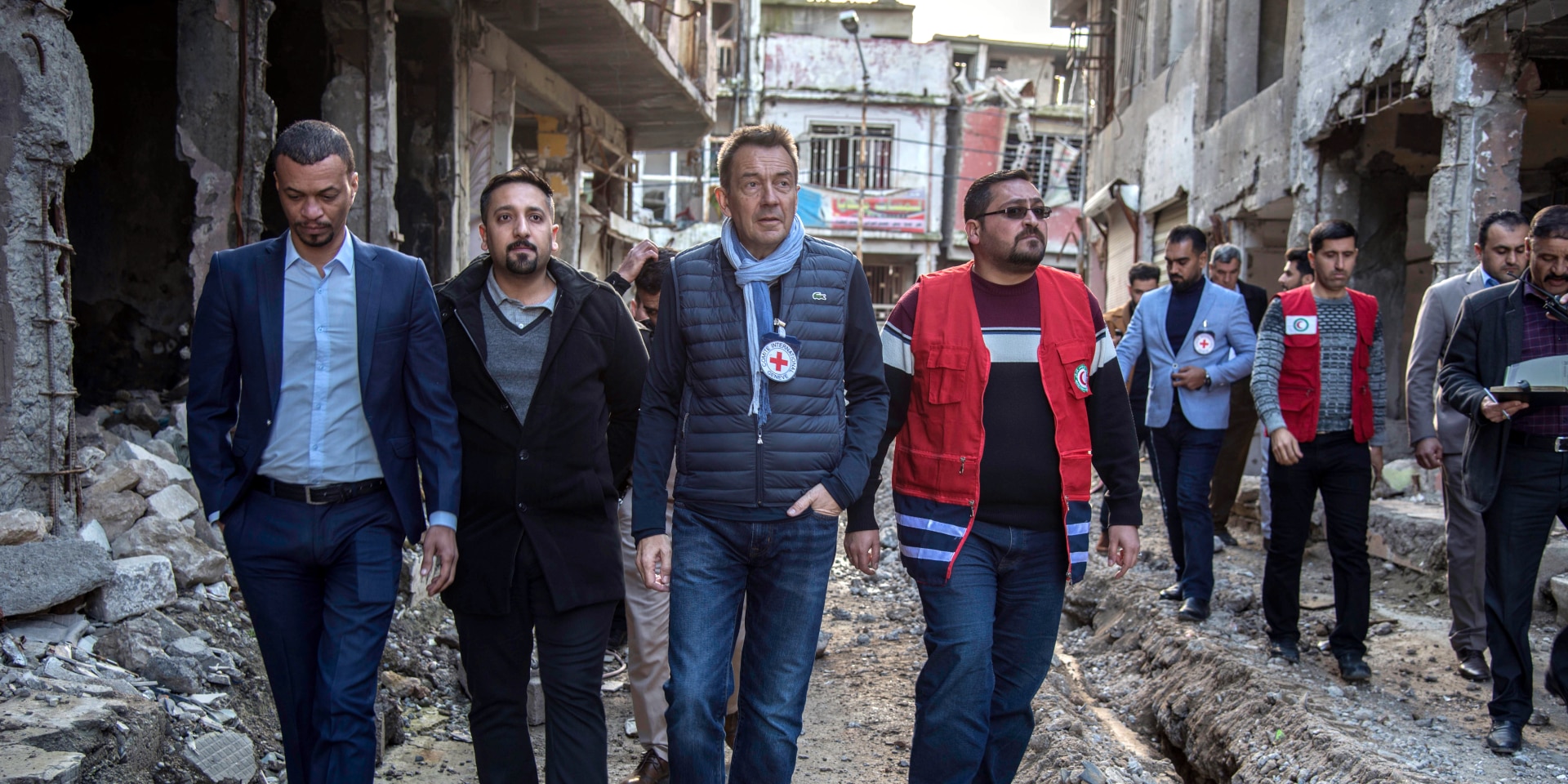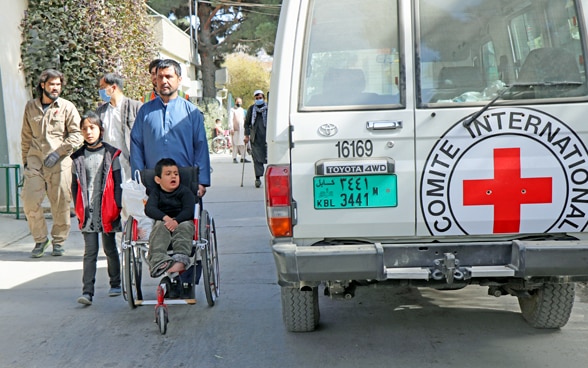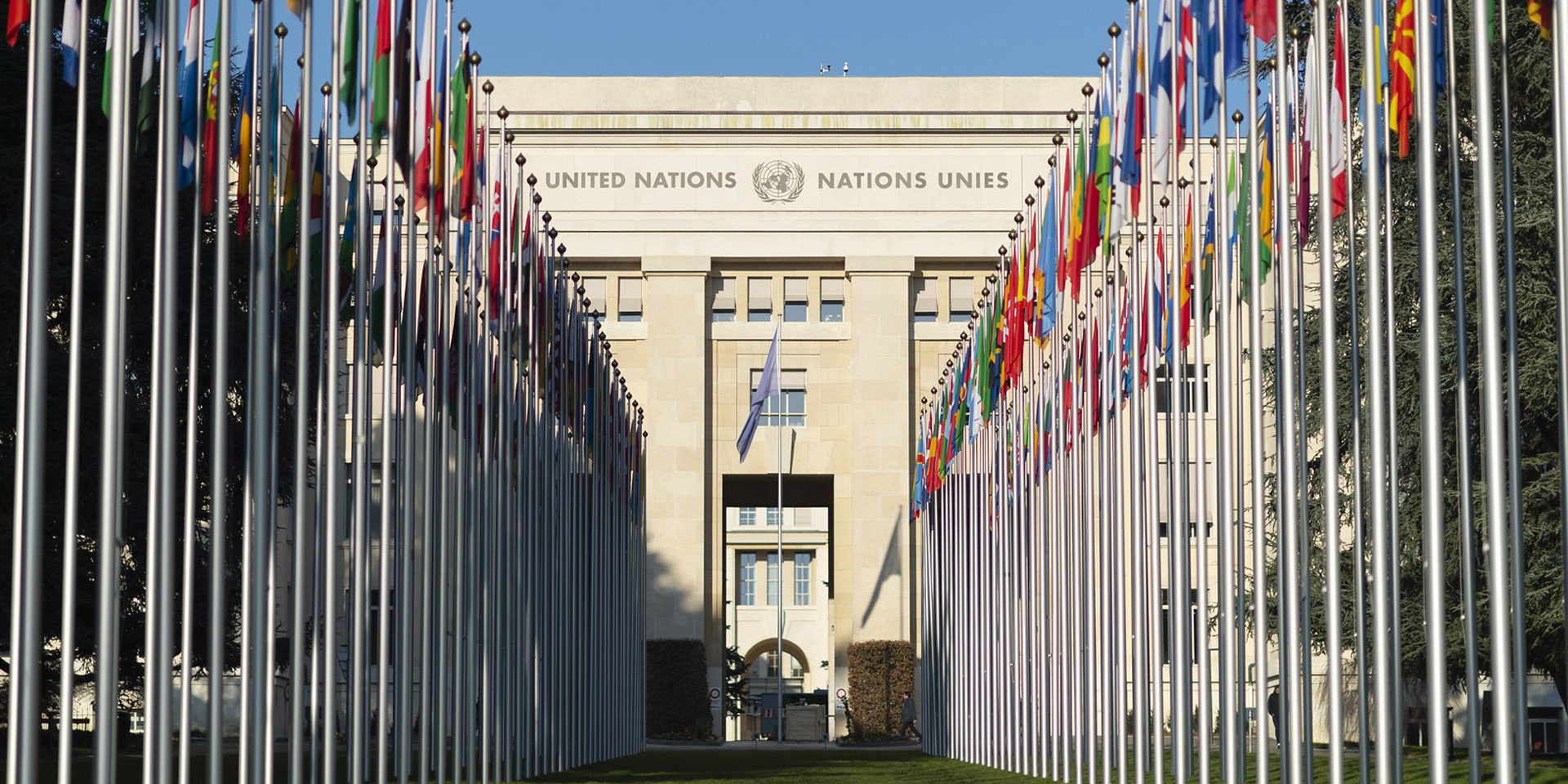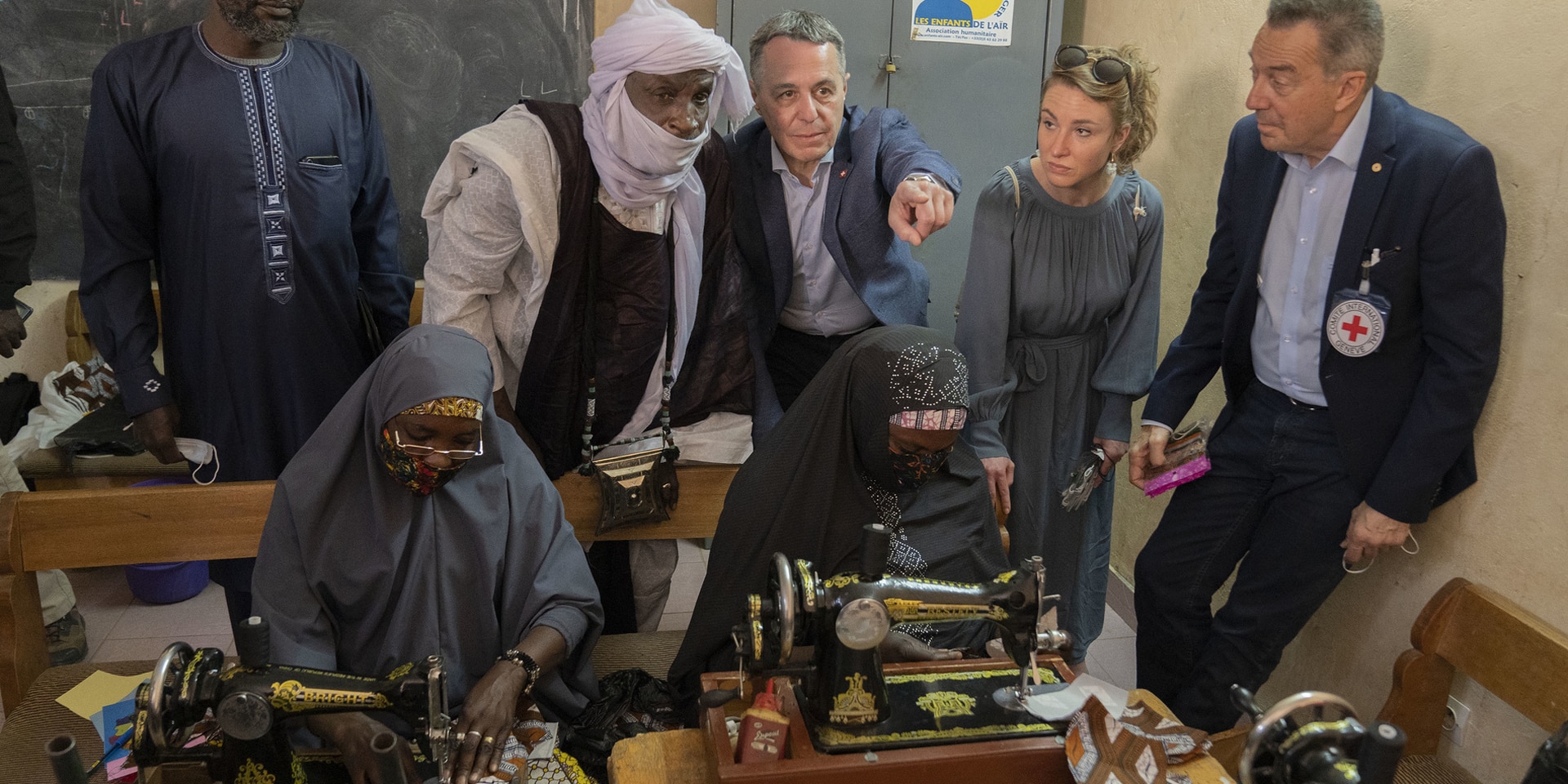Geneva Conventions
The four Geneva Conventions of 1949, the two Additional Protocols of 1977 and the Additional Protocol of 2005 form the core of international humanitarian law. They protect persons who are not, or no longer, participating in hostilities.
- Under the first and second Geneva Conventions of 1949, the belligerents must protect the sick, wounded and shipwrecked as well as medical personnel, ambulances and hospitals. All persons protected under these conventions must be given shelter and cared for by the party to the conflict that holds power over them.
- The third Geneva Convention contains detailed rules on the treatment of prisoners of war.
- The fourth Geneva Convention protects civilians in the hands of the enemy, whether in their own or in occupied territory.
- The first Additional Protocol of 1977 supplements the rules applying to international armed conflicts contained in the four Geneva Conventions. It imposes restrictions on the conduct of hostilities; for example, it prohibits attacks against civilians and civilian objects and restricts the means and methods of warfare.
- The second Additional Protocol of 1977 supplements Article 3 which is common to the four Geneva Conventions and is the sole provision applicable to non-international armed conflicts.
- The third Additional Protocol provides for an additional emblem in the form of a red crystal. Since 1 January 2007, it has been possible to use this emblem as an alternative to the red cross or red crescent – the emblems recognised by the Geneva Conventions for identifying persons and objects entitled to special protection.
The four Geneva Conventions have been universally ratified. Their rules and those of the Additional Protocols of 1977 have now largely been incorporated into international customary law, binding on all states and all parties to conflicts.




